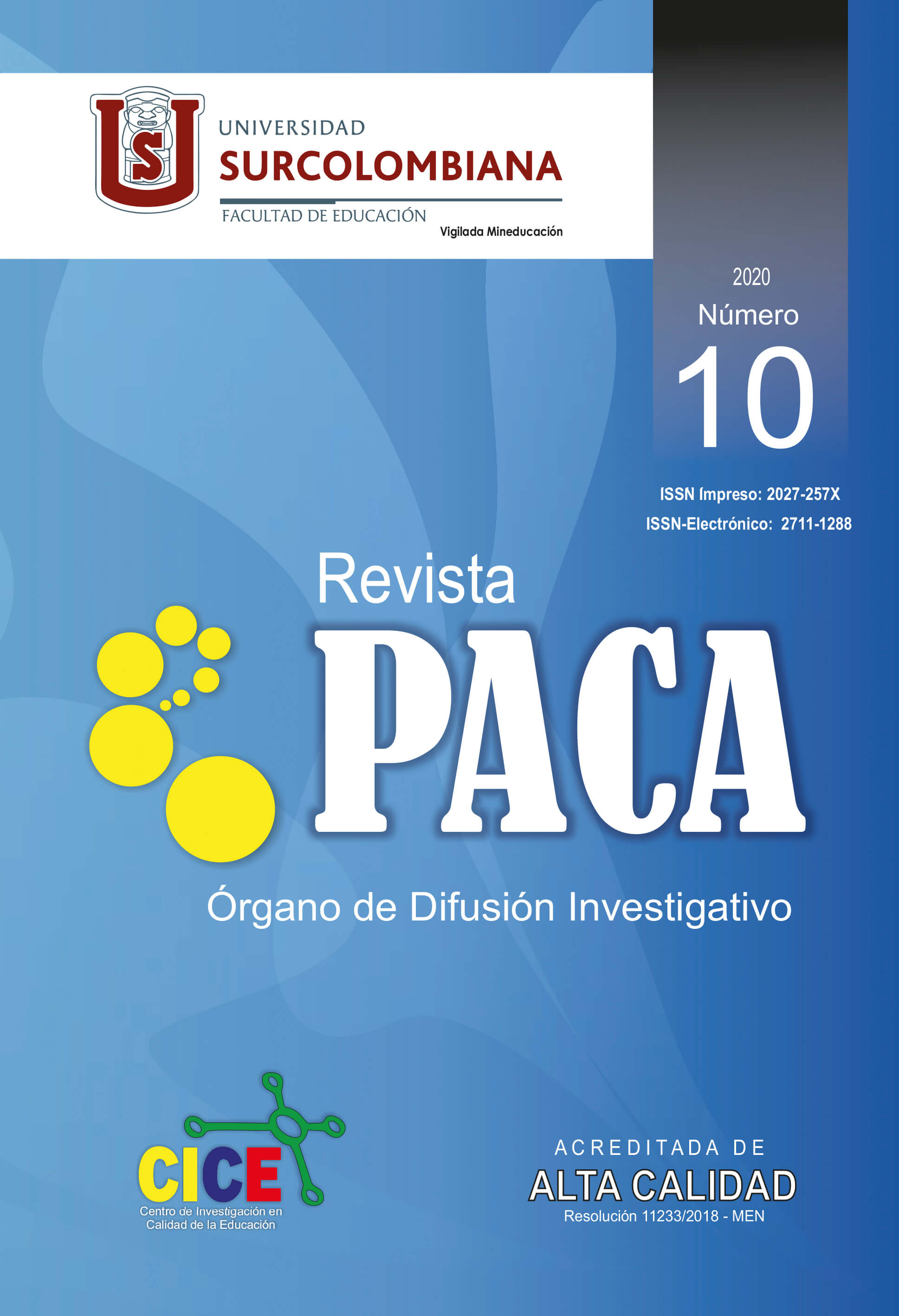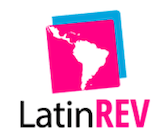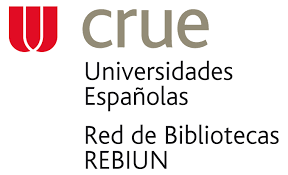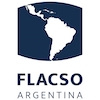Impact of the adoption of physical activity and healthy nutrition strategies in Neiva’s schoolchildren
##plugins.themes.bootstrap3.article.main##
This study’s object was to determine the impact that the adoption of nutrition and physical activity strategies has for the promotion of healthy habits, as well as the contributions in life style changes in the prevalence of overweightness/obesity in primary school students from the educational institution “María Cristina Arango de Pastrana” in the city of Neiva through a 3 months longitudinal follow-up with a total of 87 school children.
In the investigative process 4 questionnaires were used: the first one, about identification of the strategies adopted by directives and teachers; the second one, concerning physical activity; the third one, about food consumption frequency; and the fourth one was funded on the effectiveness of the strategies used for the promotion of healthy nutrition and regular exercise on school children. Also, a digital balance and a measuring rod were used to get the nutritional status of each school children. Weight and size were measured, and the nutritional status was assessed through BMI, the Body Mass Index, for kids in Z-score (between 5 and 17 years old), besides their nutrition and exercise habits.
After 3 months, the application of the questionnaires was repeated on the same group of school children, whose changes in life style were analyzed beside their overweightness/obesity prevalence. Strategies such as the prohibition of sale and advertising of low nutritious value food, the development of capacities for parents, among other, were identified and adopted. After the strategy application the percentage of the sample that showed overweightness decreased from 38% to 33%. A reduction of the daily consumption of sweetened beverages was observed, it went from 48,2% to 5,7%, also, the exercising level increased a significantly 12%.
The adoption of strategies for promoting healthy habits in school must be recognized as a big help in the changing of nutrition and physical activities habits in the prevalence of overweightness/obesity in school children.
Downloads
##plugins.themes.bootstrap3.article.details##
Organización Mundial de la Salud. Informe sobre la situación mundial de las enfermedades no transmisibles 2014. Ginebra: OMS; 2014. Disponible en: http://www.who.int/nmh/publications/ncd-status-report-2014/es/
Ynalvez, MA., Ynalvez, R., Torregosa, M., Palacios, H., & Kilburn, J. (2012). Do cell phones, ¡Pods /MP3 players, siblings and friends matter? Predictors of child body mass in US Southern Border City Middle School Obesity. Research & Clinical Practice, 6(1): e1-e90. https://doi.org/10.1016/j.orcp.2011.04.006
Tirado F., Barbancho F., Prieto J., Moreno A. (2004). Influencia de los hábitos televisivos infantiles sobre la alimentación y el sobrepeso (II). Revista Cubana de Enfermería, 20 (3). Recuperado de http://scielo.sld.cu/scielo.php?script=sci_arttext&pid=S0864-03192004000300006
Gómez, L., Ibarra, M., Lucumi, D., Cadena Y., Erazo V., Parra C., Parra A., & Arango. (2012). Alimentación no saludable, inactividad física y obesidad en la población infantil colombiana: un llamado urgente al Estado y a la sociedad civil para emprender acciones efectivas. Global Health Promotion 19(3): pp. 87-92. https://doi.org/10.1177/1757975912453861
Organización Mundial de la Salud (2013). Sobrepeso y obesidad infantiles. Recuperado de https://www.who.int/dietphysicalactivity/childhood/es/
Instituto Colombiano de Bienestar Familiar (ICBF), el Ministerio de Salud y Protección Social (MSPS), el Instituto Nacional de Salud (INS), Departamento Administrativo para la Prosperidad Social, (DPS) y Universidad Nacional de Colombia (UNAL), Departamento Administrativo Nacional de Estadísticas (DANE), Organización Panamericana de la Salud (OPS/OMS) y Asociación Colombiana para el Avance de la Ciencia (ACAC). (2015). Encuesta Nacional de Situación Nutricional de Colombia (ENSIN 2015). Recuperado de https://www.icbf.gov.co/sites/default/files/infografia_situacion_nutricional_5_a_12_y_13_a_17_anos.pdf
Redacción Nacional (2018, 31 de enero). Colegio de Neiva prohíbe la venta de bebidas azucaradas. El Espectador. Recuperado de https://www.elespectador.com/noticias/nacional/colegio-de-neiva-prohibe-la-venta-de-bebidas-azucaradas/
Hoehner, PhD, MSPH, Soares J., ScD, Parra Perez D., CPT, C. Ribeiro I, PhD, MSc, E. Joshu C., MA, MPH, Pratt M, MD, MPH, D. Legetic B., MD, PhD, MPH, Carvalho Malta D., MD, PhD, R. Matsudo V., MD, PhD, Roberto Ramos L., MD, PhD, J. Simo˜es E, MD, MSc,MPH, C. Brownson R., PhD. (2008). Intervenciones en Actividad Física en América Latina.Revisión Sistemática de la Literatura. American Journal of Preventive Medicine 34(3), pp. 24-33. Recuperado de https://cicloviarecreativa.uniandes.edu.co/espanol/promocion/anexos/Hoehner_IntervencionesAF.pdf
Organización Panamericana de la Salud. (2015). Alimentos y bebidas ultraprocesados en América Latina: tendencias, efecto sobre la obesidad e implicaciones para las políticas públicas. Washington. Recuperado de https://iris.paho.org/bitstream/handle/10665.2/7698/9789275318645_esp.Pdf
Ministerio de Salud y Protección Social (MSPS, 2016). Resolución No. 2165 de 2016. Recuperado de https://www.minsalud.gov.co/Normatividad_Nuevo/Resolucion%202465%20de%202016.pdf
Hattar, L. N., Wilson, T.A., Tabotabo, L.A., O Brian Samith, L. A., & Abrams, S. H. (2011). Physical activity and nutrition altitudes in obese Hispanic children with non alcoholic steatohepatitis. World J. Grastroenterol 17, pp. 4396-4403.
































